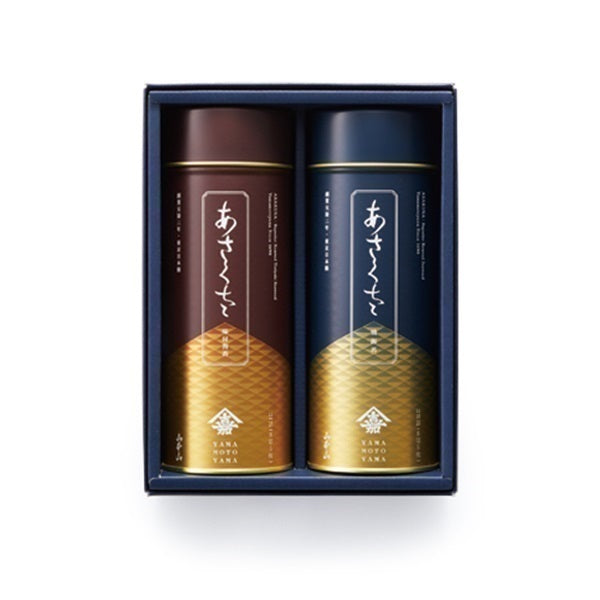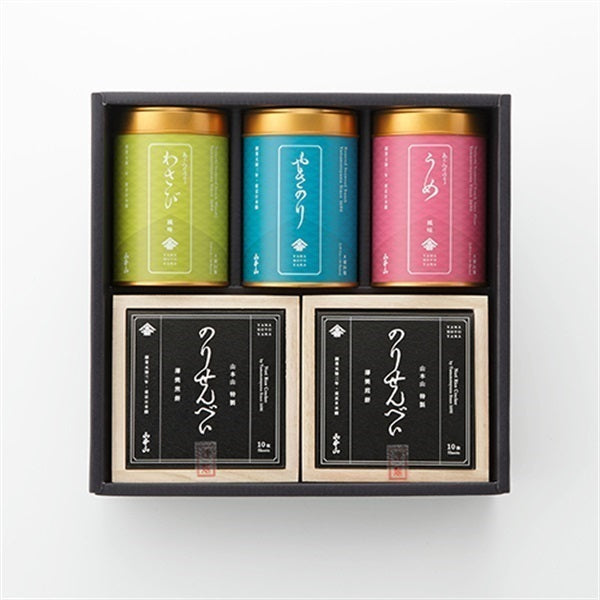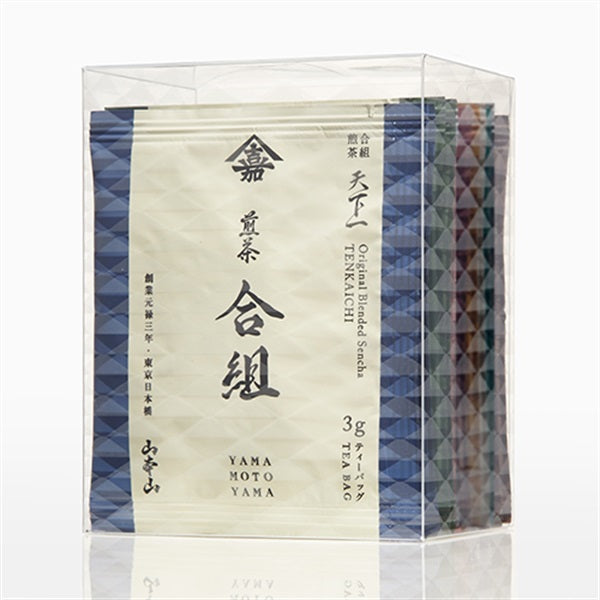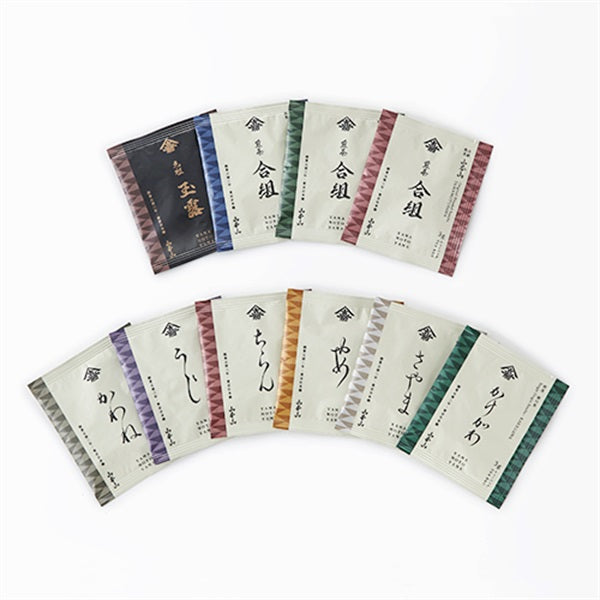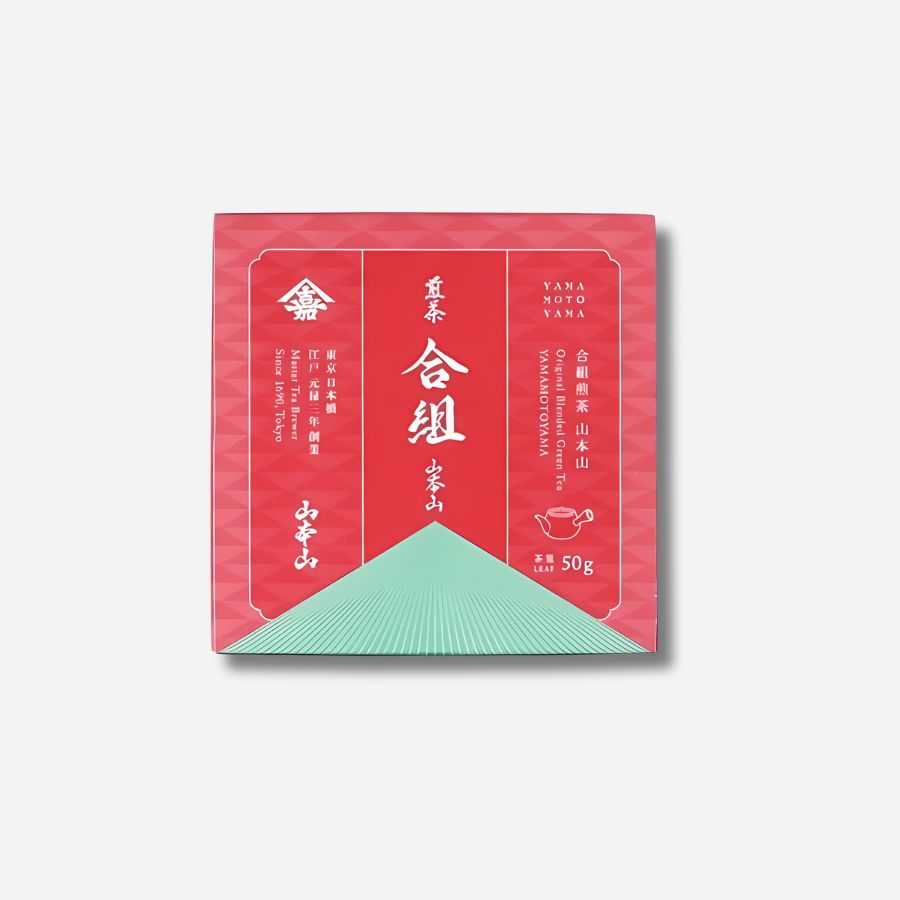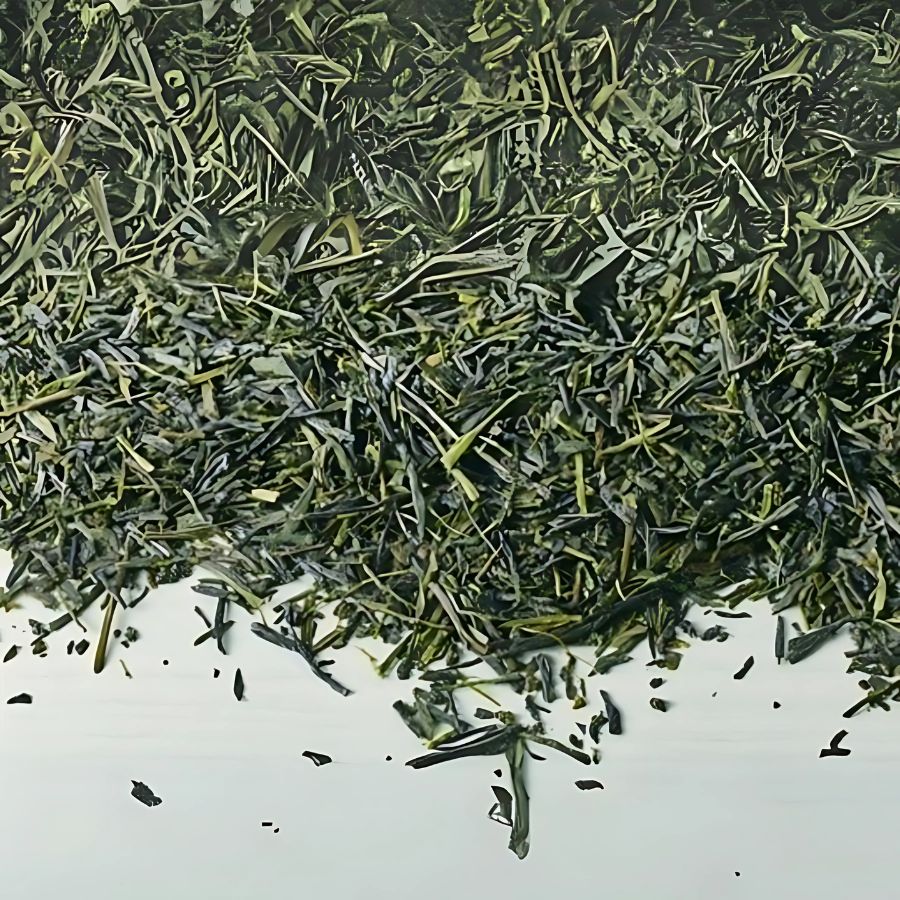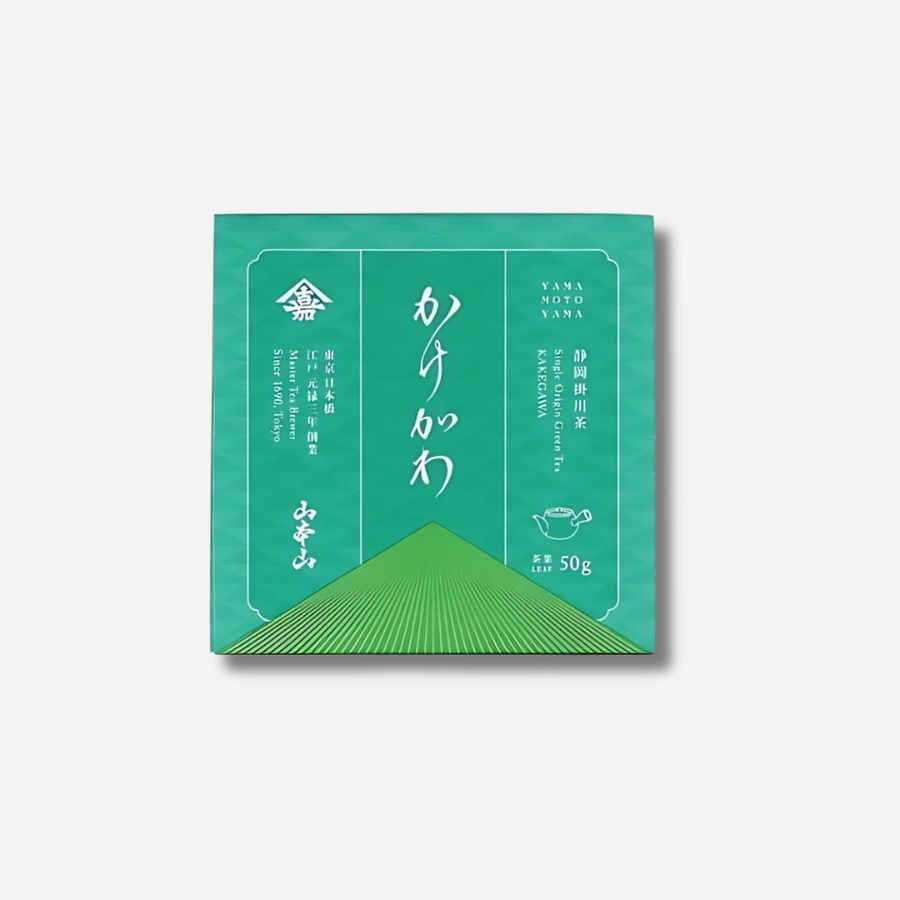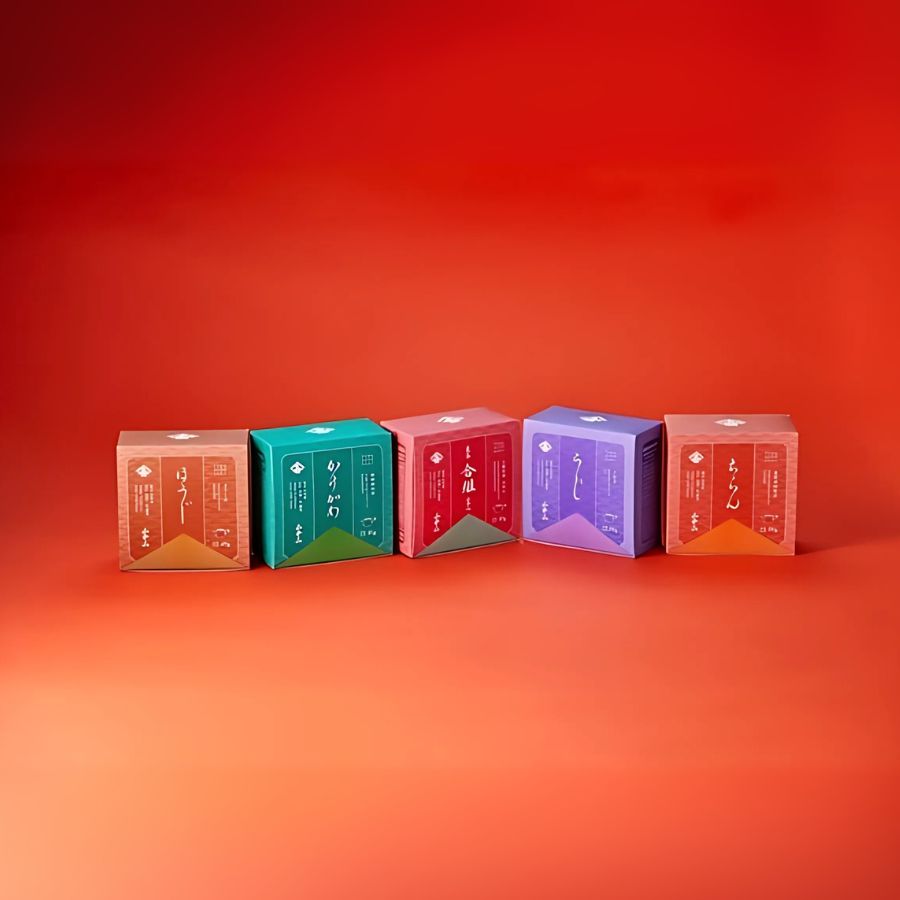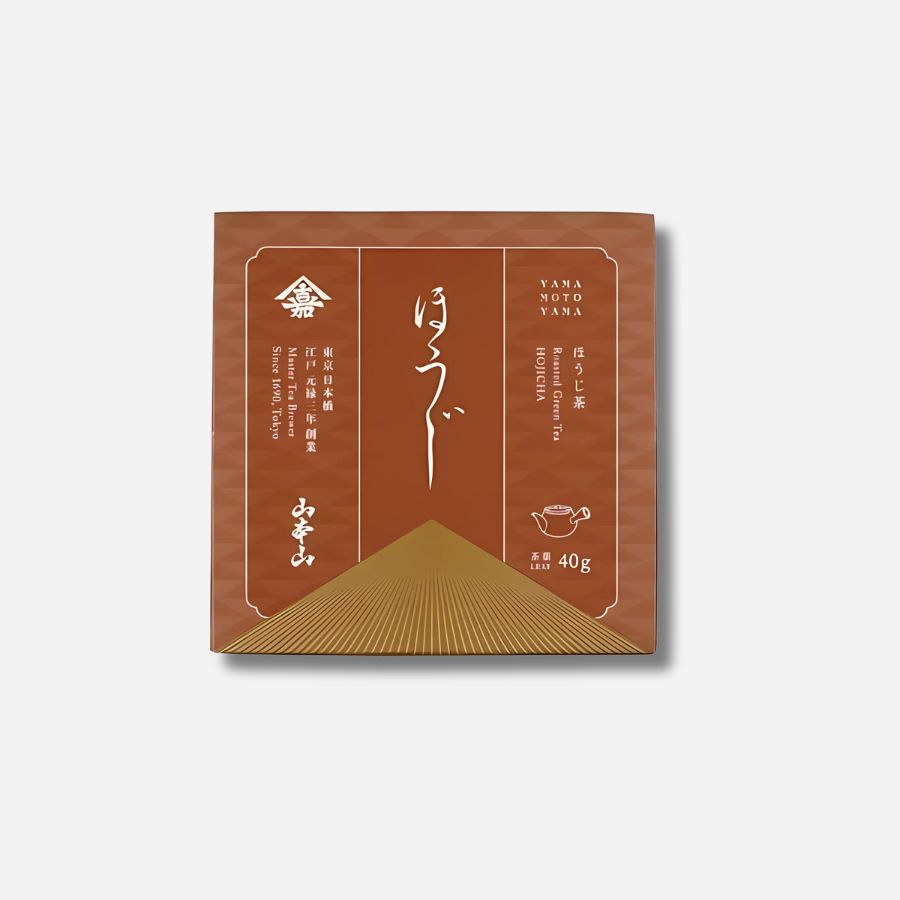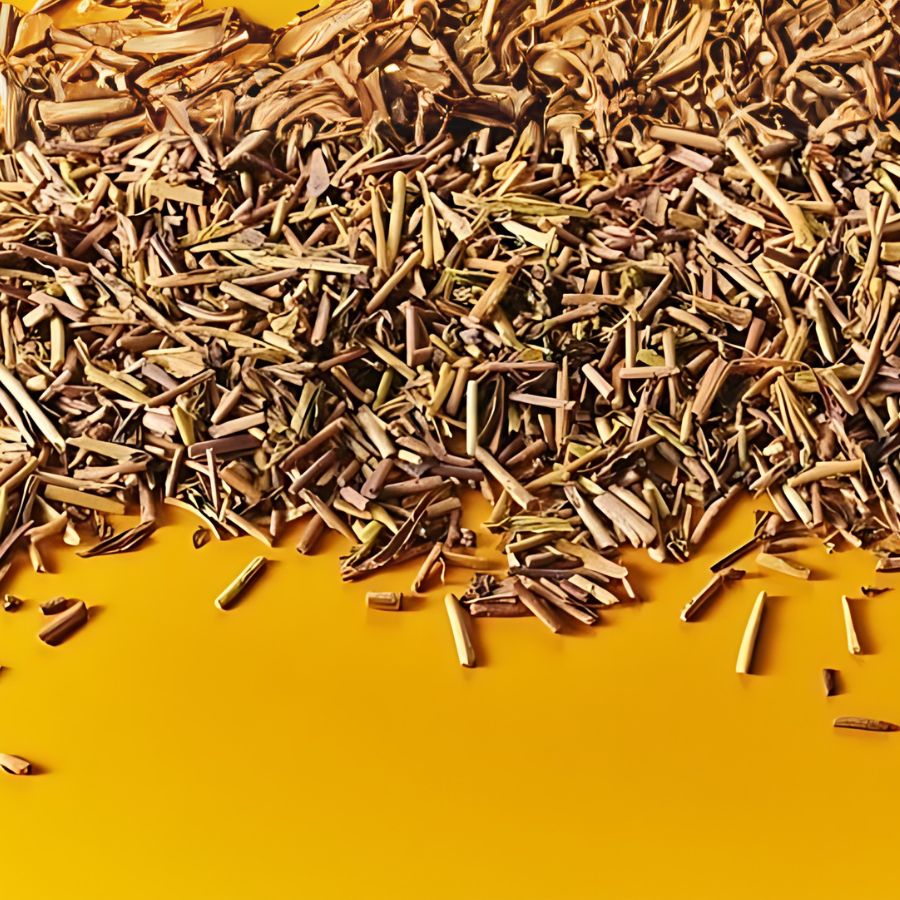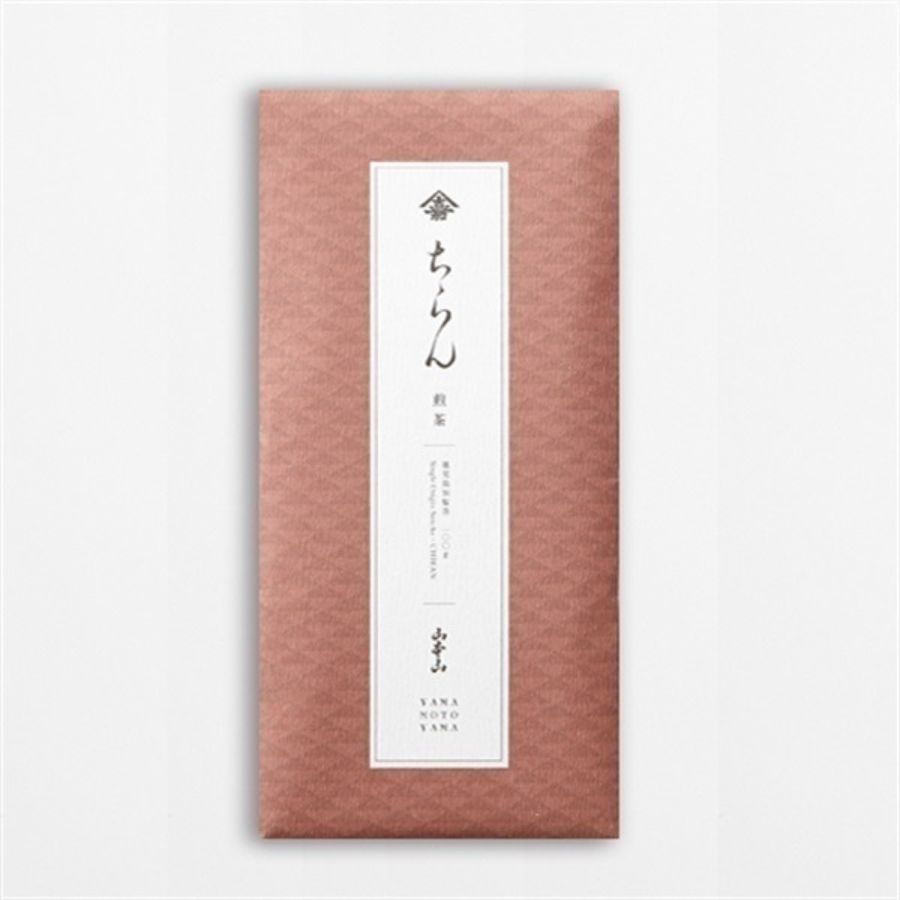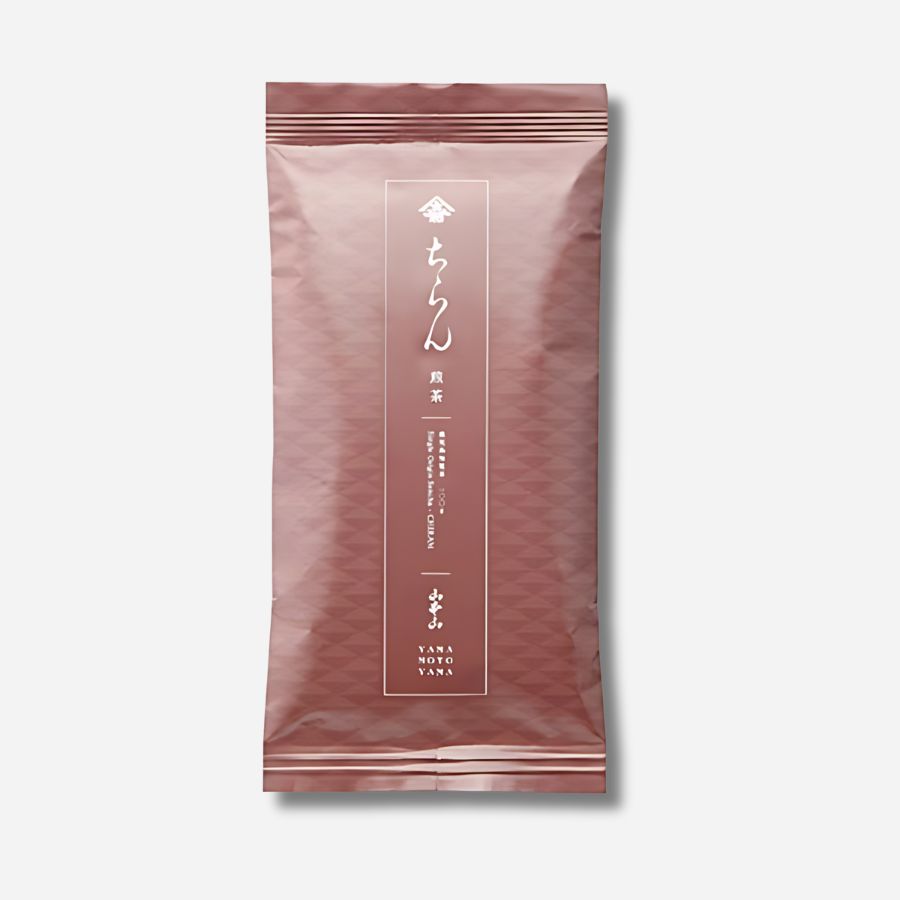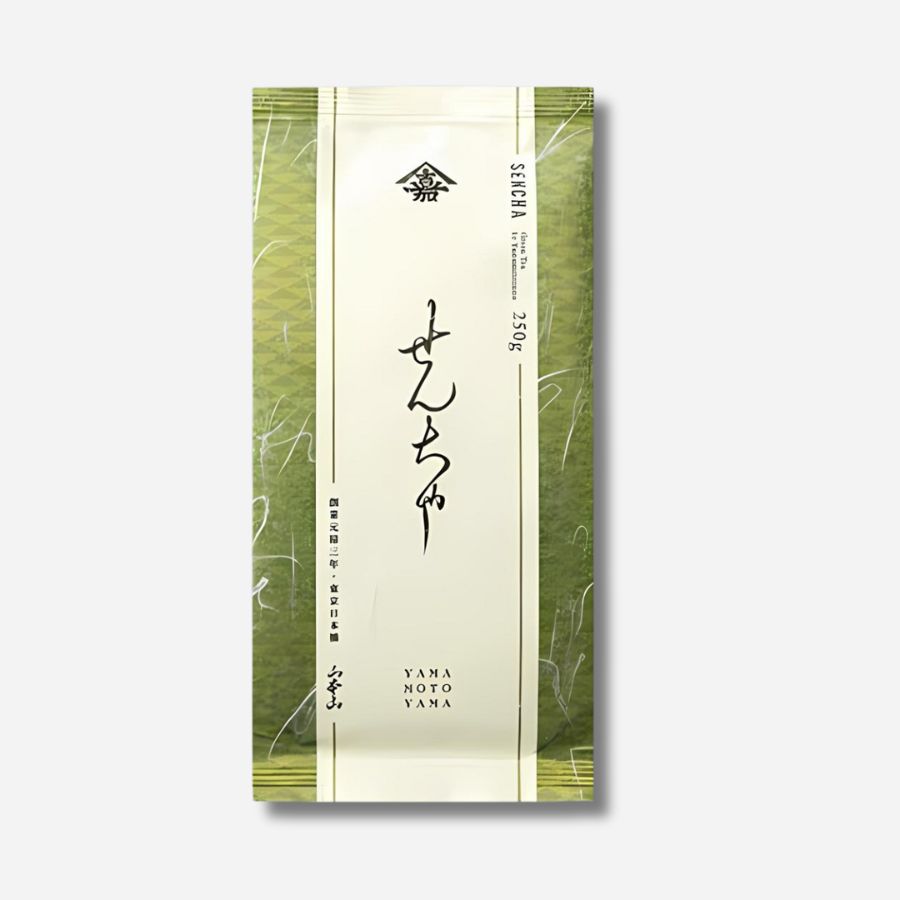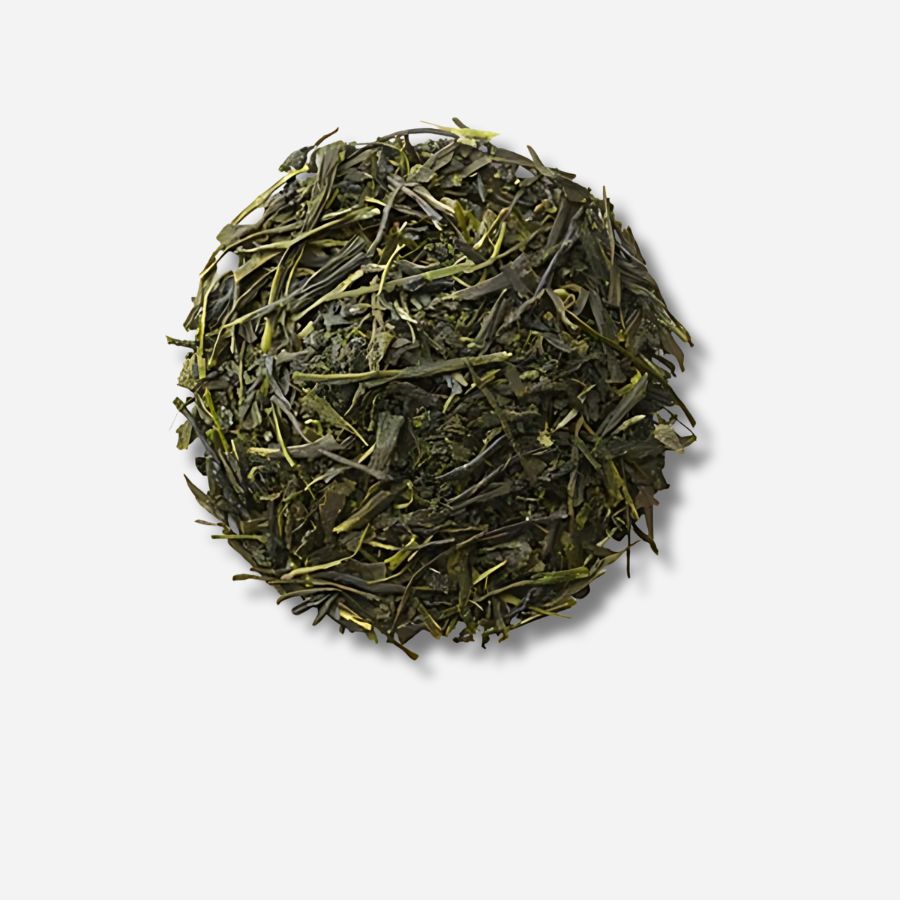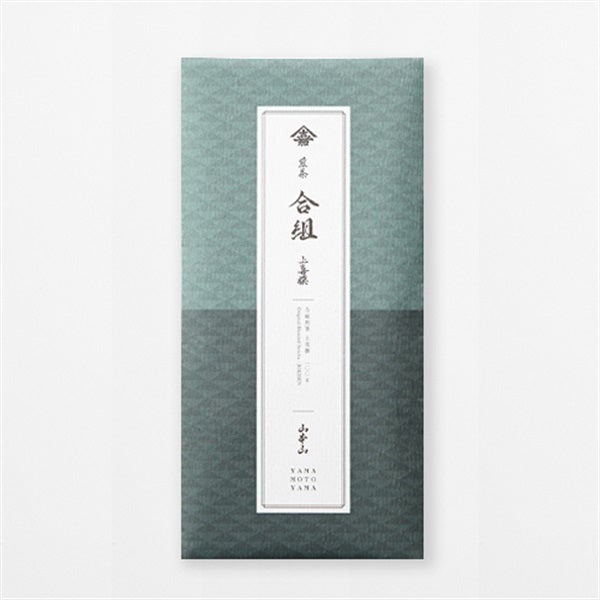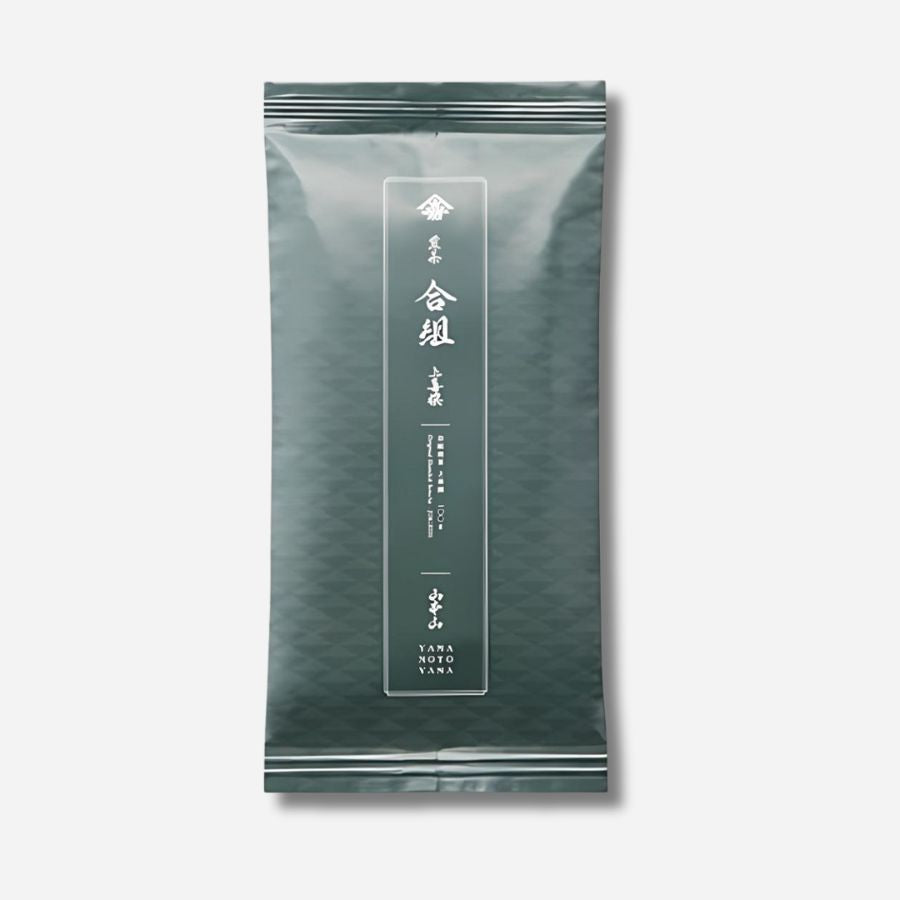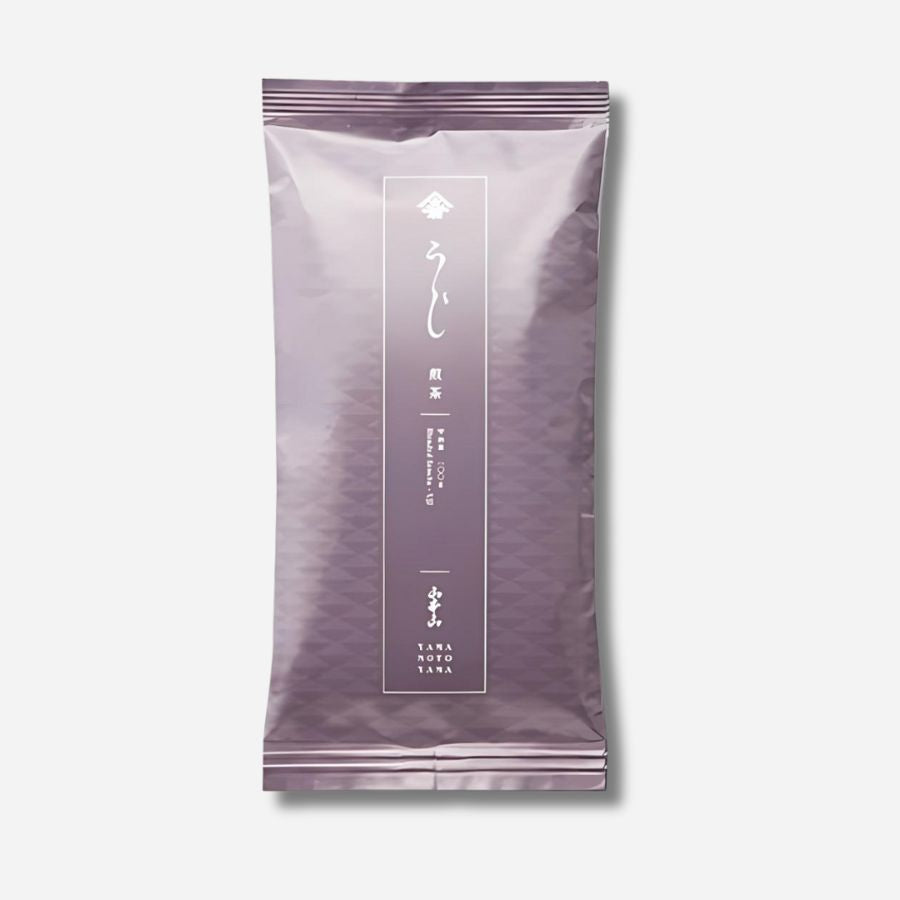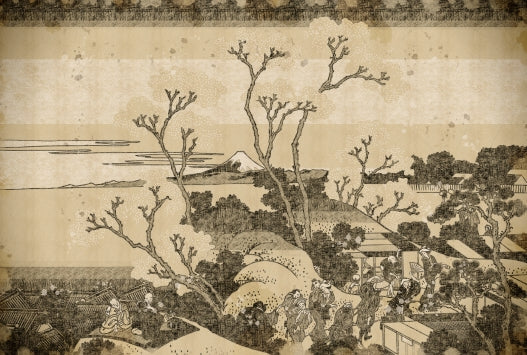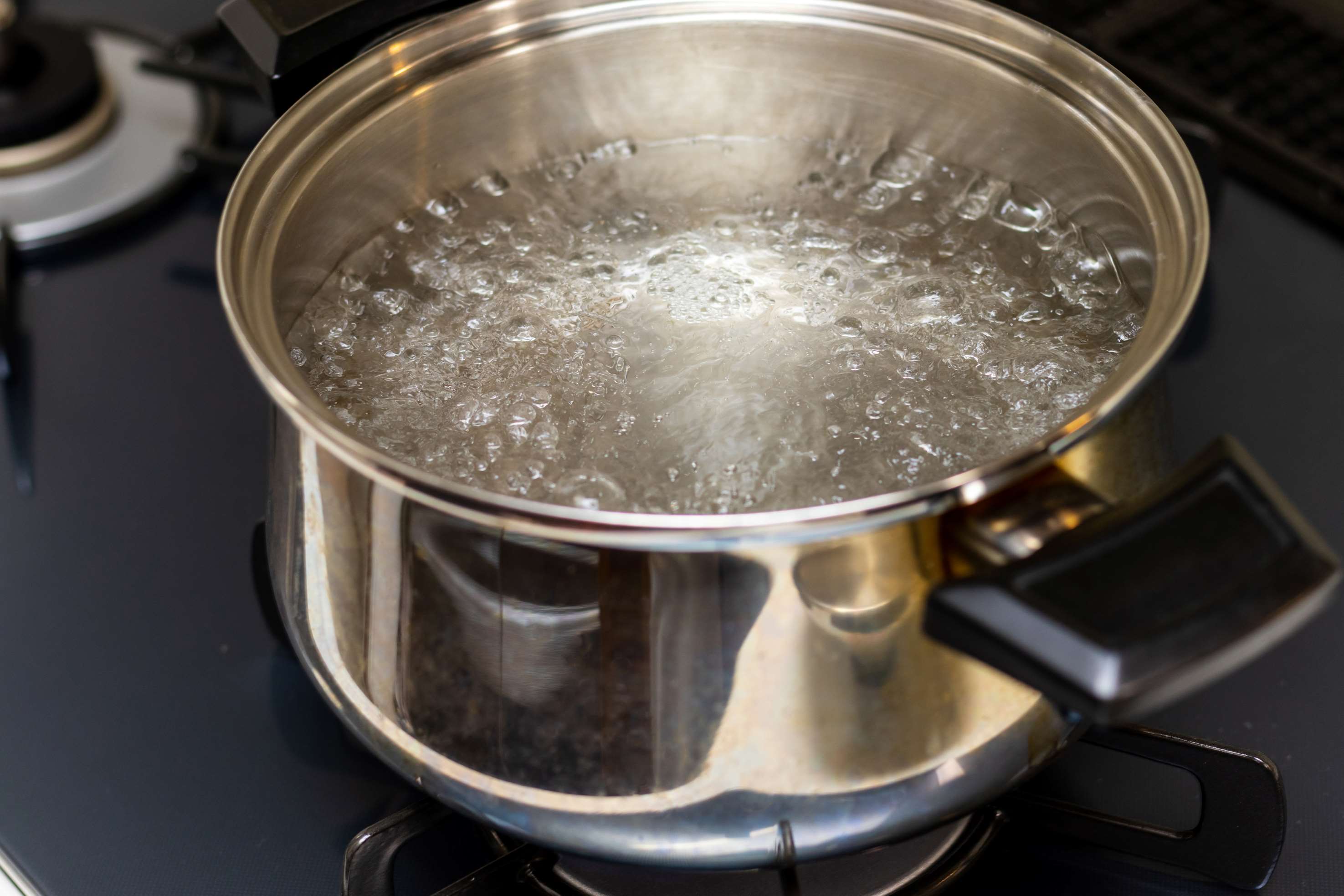
Bring out the flavor of green tea! Why does the way you boil water affect the taste?
Introduction
In recent years, boiling water has become easy thanks to the ease of using an electric kettle.
However, the way water is boiled has long been considered an important factor in determining the quality of tea.
In particular, the Chinese tea book "Daguan Cha Lun" describes in great detail the boiling process as an important factor in bringing out the flavor of tea.
At Taikan Tea Theory, we believe that the purpose of boiling tea is to bring out the maximum flavor of the tea leaves. Rather than simply boiling the water, we consider various factors such as heat, time, and container to pursue a deeper flavor.

What is the perfect boil?
When boiling water, the optimum boiling condition for bringing out the flavor of the tea leaves is when continuous bubbles resembling the eyes of a fish or crab rise vigorously.
This state means that the water temperature is just right, allowing the tea leaves to extract their umami flavor efficiently without destroying their cells. It's like tiny, vibrant bubbles dancing inside the teapot.

Furthermore, "boiling" is mentioned in the "Book of Agriculture" by Wang Zhen of the Yuan Dynasty.
Wang Zhen described the process of boiling water as follows: the small bubbles that first appear as "crab eyes," the larger bubbles that appear later as "fish eyes," and the sound of the large bubbles boiling one after another as "pine forest wind." He determined that the water had reached the appropriate temperature when it reached this "pine forest wind" state.
This method is still used today as the basic concept for boiling water.

Boiling time changes the taste
During the boiling process, the air and carbon dioxide dissolved in the water gradually escapes.
In particular, for teas like sencha, which emphasize a refreshing taste, carbon dioxide is an important element in enriching the flavor. Therefore, if the tea is boiled for too long, the carbon dioxide will escape and the tea's inherent refreshing taste will be lost.

Furthermore, as the boiling time increases, the water evaporates, increasing the ion concentration and hardness of the remaining water.
This change affects the taste of the tea, and in the case of sencha in particular, it is known that the taste becomes dull and the original umami flavor becomes difficult to sense.

On the other hand, in the case of matcha, it is said that even if the hardness increases, the taste is not affected much.
This is thought to be because matcha has a rich flavor and a complex balance with other ingredients, so the impact of changes in hardness is felt relatively small.

Tips for making tap water taste better
There are a few points to keep in mind to make sure that water boiled with tap water tastes delicious.
First, once the water has boiled, remove the lid from the kettle or tilt it slightly and continue boiling for about 5 minutes. This will evaporate the chlorine that causes the chlorine smell and remove the dissolved air, resulting in a smoother taste.

If you need to cool the water, it is important to first boil the water and then cool it to the desired temperature.
If you pour boiling water directly into a teapot, the tea leaves will expand rapidly, forming tiny bubbles on the surface. These bubbles will envelop the tea leaves, preventing the hot water from reaching all of the tea leaves, and the delicious flavor of the tea leaves will not be fully extracted. As a result, the brewed tea will be watery.

The best way is to boil water slowly using an iron or earthenware teapot.
These are said to filter the water by absorbing minerals in it and to make the water taste mellower by dissolving trace amounts of iron.
However, many people do not own an iron kettle.

If you normally use an electric kettle, why not try ceramics, which can easily improve the water quality?
Ceramics are products made from non-metallic materials, and are known to have a high water quality improvement effect. Simply adding them to water makes it taste smoother and improves its flavor.
The price is reasonable, so be sure to check it out.

summary
How was it?
Most people probably think that the appearance of bubbles means the tea is boiling, but there is actually a lot of insight into boiling, and simply boiling the water is not enough to bring out the full flavor of the tea.
The taste of tea is affected by a complex interplay of various factors, such as the timing at which the water starts to boil, the subsequent boiling time, and the cooling method.
The world of tea is vast and deep, something I could never have imagined until I took a step into it. Even just boiling the tea has many different aspects to it.
The temperature and time of the water, as well as the type of vessel and water, all interact in a complex way to provide us with a rich and varied flavor. The world of tea is truly profound, and it is something we would like to continue exploring for the rest of our lives.

